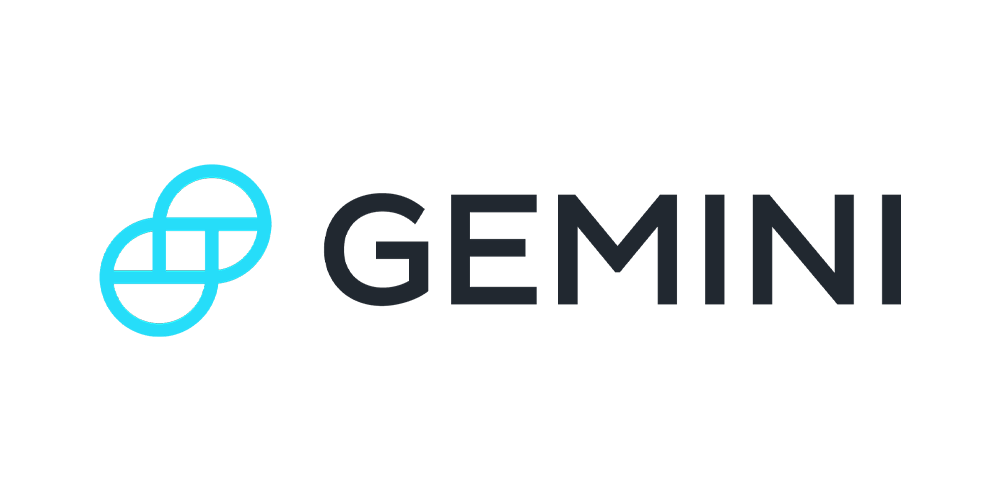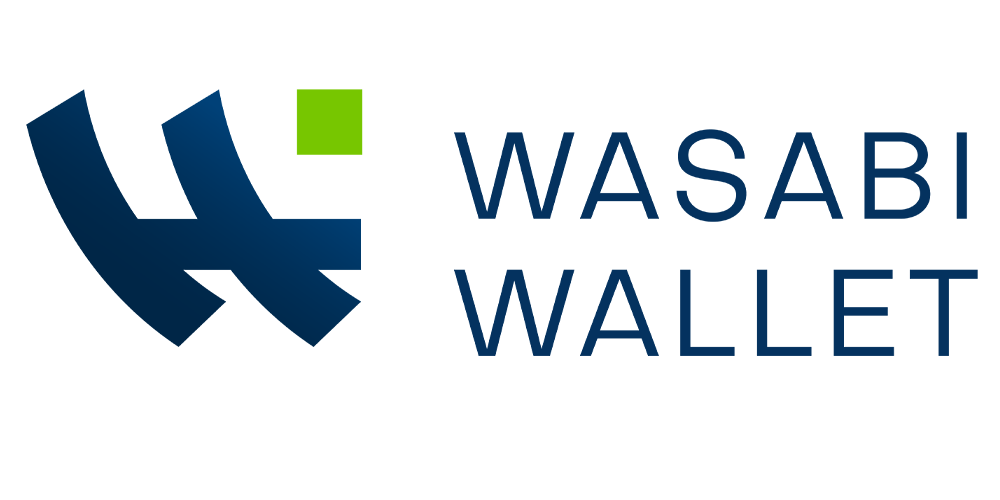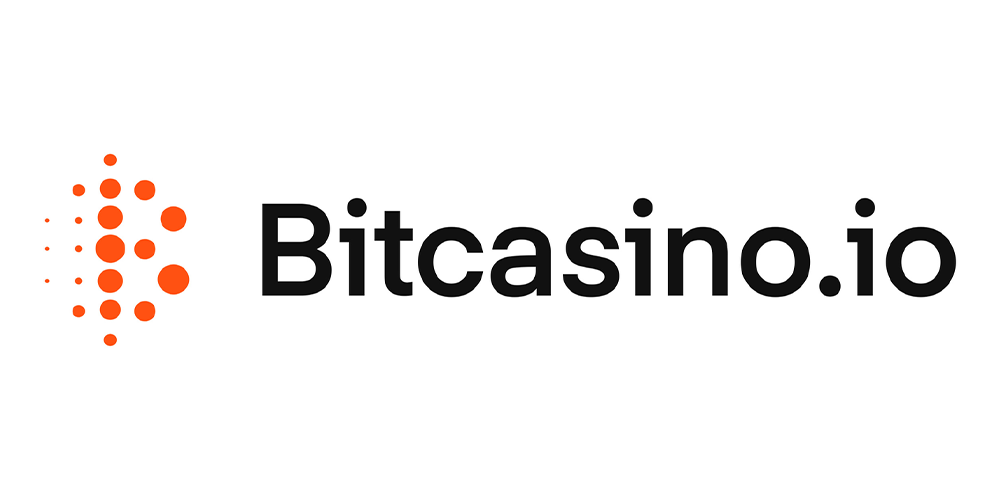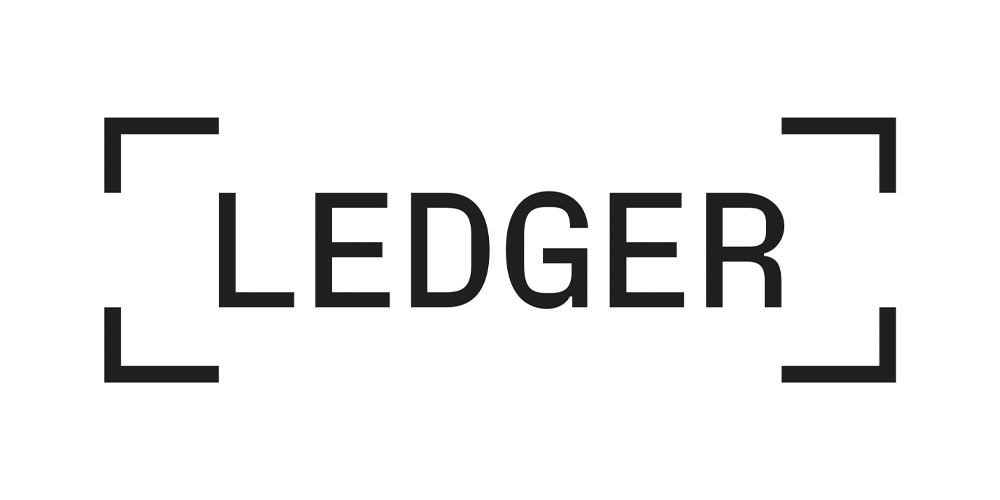The Fundamentals of Bitcoin’s Value with Phil Geiger
Where to find the show
Download Episode MP3 File
The file will open in a new window. Click down arrow to download the file.
“Society is formed through humans cooperating and… the whole is greater than the sum of the parts; when people get together and collaborate and cooperate, we produce something that is way more impressive and better than any single individual can produce.”
SHOW DESCRIPTION
Phil Geiger is the Managing Director of Concierge Services at Unchained Capital. In this interview, we discuss how a robust protocol and monetary policy, a vital utility for energy producers and a committed community of hodlers, makes Bitcoin an extremely low-risk investment.
- - - -
No other scalable commodity, currency or asset has as robust a fixed supply issuance as Bitcoin. 21 million coins. That’s it. The rough consensus governance process, miners’ financial incentives, and a highly decentralized node verification process combine to make this digital scarcity rigid. No altcoin can compete. “Digital scarcity is a one-time phenomenon” - Phil Geiger, April 2020.
There are those that have been pushing the edges of this assumed commitment. They are motivated by different concerns, chiefly that a declining supply will impact security: how can a 51% attack be avoided when the volume of Bitcoin issued becomes significantly low and eventually finishes? Can transaction fees alone secure the network?
But it is the fixed supply schedule that supports Bitcoin’s value, from which all other considerations follow. According to Phil Geiger, these 21 million coins already exist. Both in terms of the supply schedule and the fixed limit. This is what underpins the huge investment by miners: a transparent monetary policy, and scarcity that supports the price. Changes to this could seriously damage minings assimilation into energy production.
This is what makes, in Phil’s view, Bitcoin an extremely low-risk investment compared to other assets (both digital and physical). The proof is in the hodling behaviour. Using Bitcoin is vital for the transition of Bitcoin from a defensive store of value to a productive medium of exchange, the fact that those hodling Bitcoin for more than a year is at an ATH shows investors still remain extremely confident in its long-term success.
So, what about long-term security? Decreasing block rewards will incentivise miners to maximise the use of block space. Combined with more users this should drive up Bitcoin transaction prices, thereby supporting the transition to a post-block reward world. The issue is whether there are enough incentives to ensure miners don’t game the system. This needs to be debated. But, making Bitcoin inflationary isn’t the answer, because this is the essence of Bitcoin.
TIMESTAMPS
00:02:01: Introductions, and the HODL Waves
00:08:40: Altcoins and stablecoins, risk and impacts on Bitcoin
00:16:07: Energy production, pricing, and the environment
00:36:48: Climate change
00:45:57: Currency and energy crises
00:51:10: Monopoly on violence, and the best way to form civilisations
01:01:44: Why 21 million Bitcoin is non-negotiable, and Bitcoin's zero inflation rate
01:11:57: Bitcoin's future security
01:25:54: Final comments
SUPPORT THE SHOW
If you enjoy The What Bitcoin Did Podcast you can help support the show by doing the following:
Become a Patron and get access to shows early or help contribute
Make a tip:
Subscribe on iTunes | Spotify | Stitcher | SoundCloud | YouTube | TuneIn | RSS Feed
Leave a review on iTunes
Share the show and episodes with your friends and family
Subscribe to the newsletter on my website
Follow me on Twitter Personal | Twitter Podcast | Instagram | Medium | YouTube
If you are interested in sponsoring the show, you can read more about that here or please feel free to drop me an email to discuss options.
SPONSORS
SHOW NOTES
Connect with Phil:
On Twitter
On the Unchained Capital Blog
Mentioned in the interview:
Bitcoin Data Science (Pt. 1): HODL Waves (2018) | Unchained Capital Blog
Most of Bangladesh left without power after national grid failure | CNN
'Basically a Savior': Why Crypto Is So Popular in Turkey - CoinDesk, Oct 25th 2022
Global inflation tracker: see how your country compares on rising prices - FT, Nov 3rd 2022
Bangladesh faces power blackout after national grid fails - Al Jazeera, Oct 4th 2022
UK Inflation May Hit 15% Without Further Energy Support - bloomber, Oct 20th 2022
Why high UK energy bills were decades in the making - BBC, Nov 6th 2022
Closure of coal power station set to be delayed to prevent UK blackouts | The Guardian
The easy guide to the Dutch nitrogen crisis, farmers' protests - Dutch Review, Oct 13th 2022
Life-cycle greenhouse gas emissions of energy sources - Wikipedia
What is the Kardashev Scale? - Universe Today, Mar 12th 2022
France’s EDF under pressure to end all outages of nuclear reactors - FT, Sep 2nd 2022
Mises on Government: Size Doesn't Matter - The Objective Standard, Jun 2012
21 Million is Non-Negotiable - Phil Geiger, Unchained Capital, Apr 2020
All 21 Million Bitcoin Already Exist - Phil Geiger, Unchained Capital, Oct 2019
Other Relevant WBD Podcasts:
WBD571: The White House is Wrong About Bitcoin Mining with Nic Carter
WBD570: Cathie Wood on Bitcoin
WBD563: Bitcoin, Unleashing an Ocean of Energy with Nathaniel Harmon
WBD562: How Bitcoin Helps Mitigate Climate Change with Harald Rauter
WBD557: Mining Bitcoin with Nuclear Energy with Ryan MacLeod
WBD550: Has the Bitcoin Price Bottomed Out? With The Rational Root
WBD538: The Current State of Bitcoin Mining with Harry Sudock
WBD536: How Crypto Replayed the 2008 Financial Crisis with David Morris
WBD523: The Moral Case for Renewable Energy with Andrew Dessler
WBD493: Is There a Moral Case for Fossil Fuels? with Alex Epstein
WBD417: How Bitcoin Helps Palestinians with Alex Gladstein & Fadi Elsalameen
WBD194: Bitcoin Around the World - Venezuela: Bitcoin Won’t Fix Venezuela with Javier Bastardo













